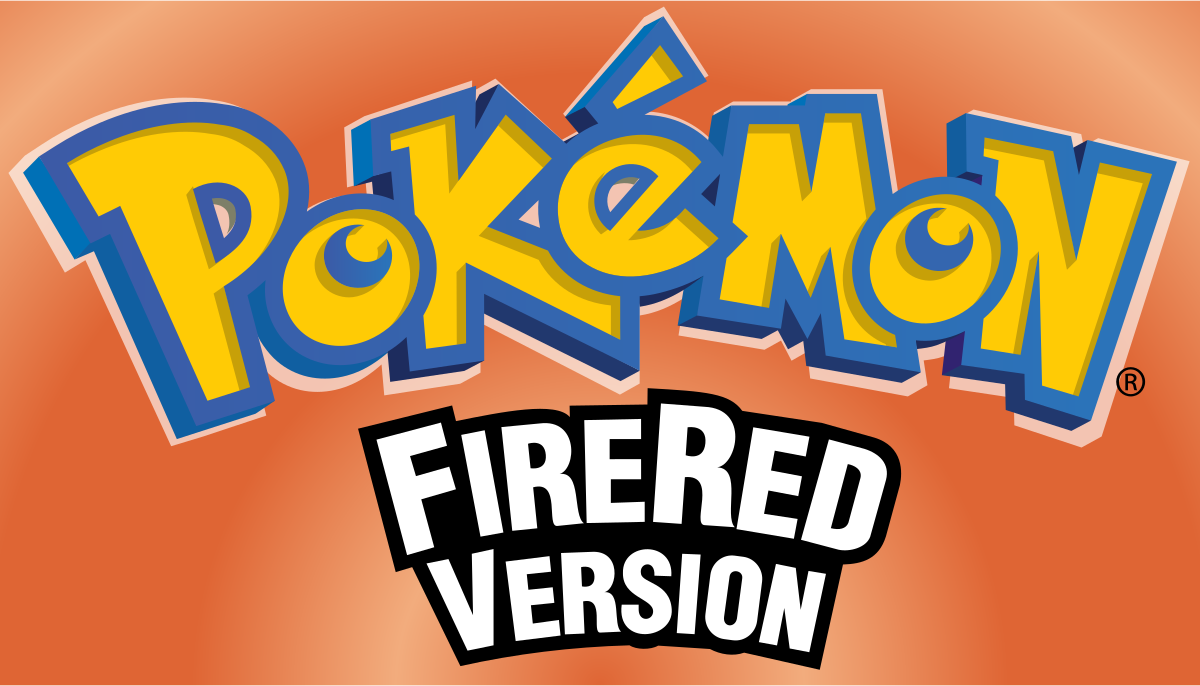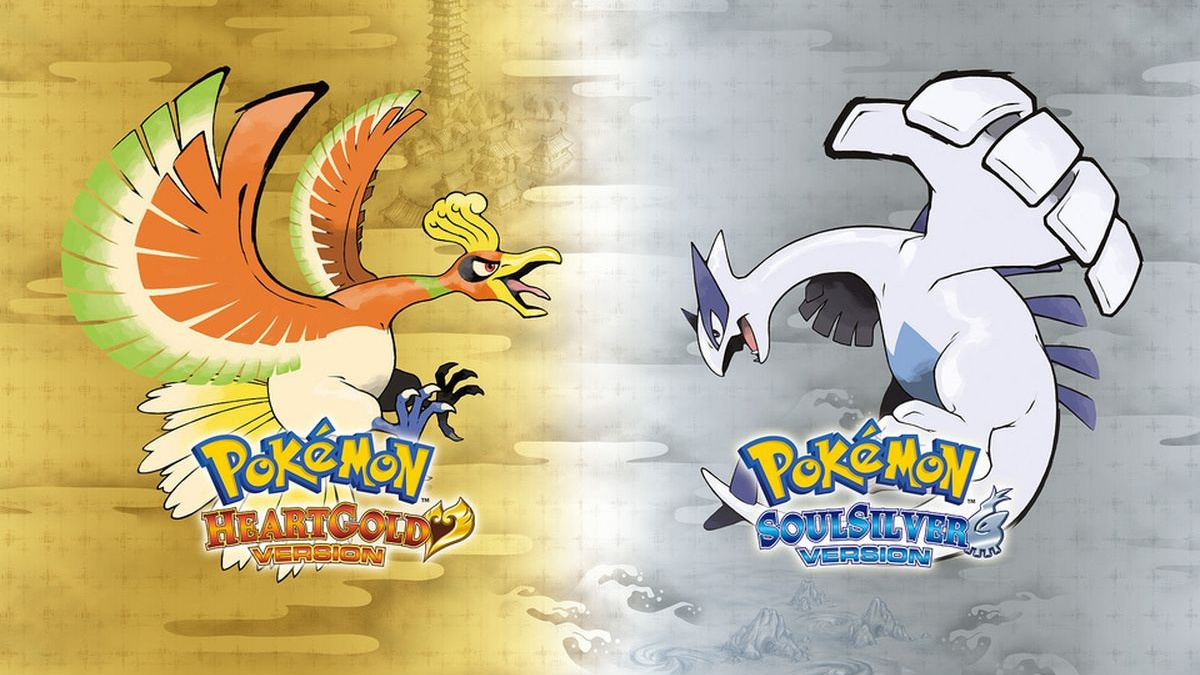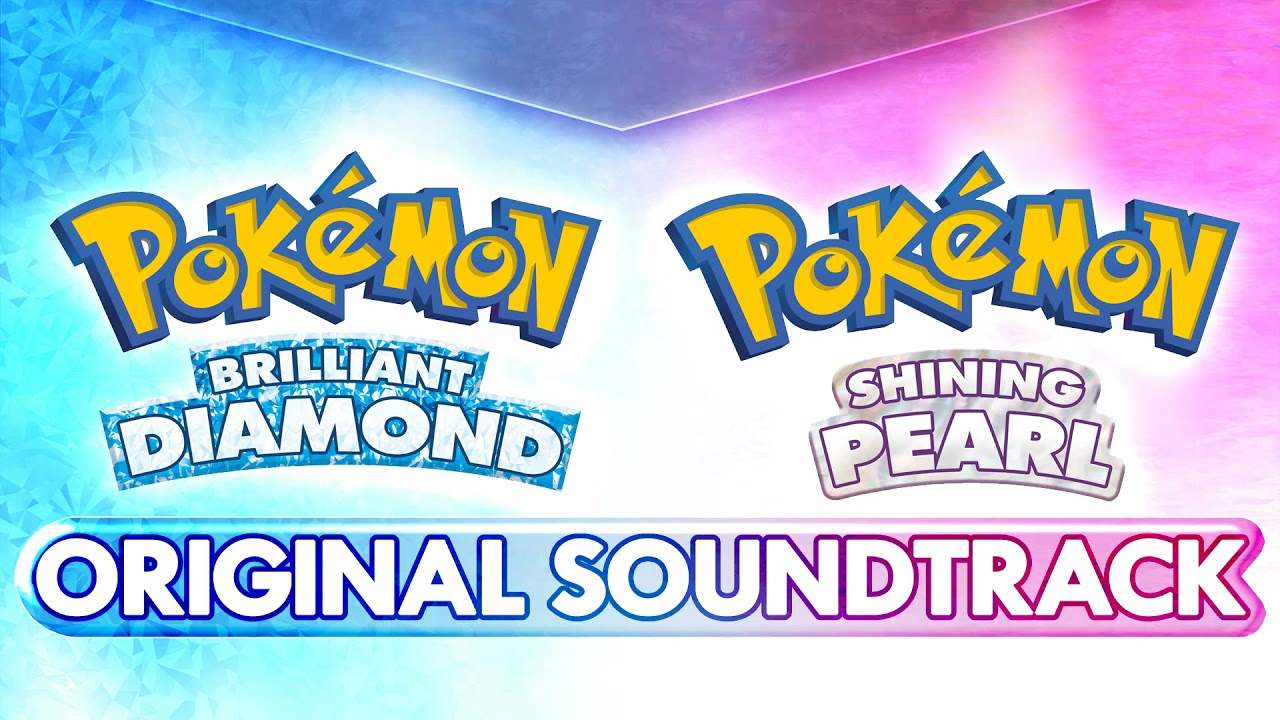Top 3 Video Game Series Soundtracks 🎶
Video games are an underappreciated art form. What’s even more underappreciated is the music that accompanies these games. Not only does it enhance the experience, but it helps transport us to another world, preparing us for what lies ahead. Whether that be ascending Mount Olympus to enact revenge on those who abandoned us, with a Greek choir at our backs, or meditating on a mountainside to the sound of bamboo flutes, in preparation to liberate our homeland from Mongol invaders, video games paired with its music creates an atmosphere that allows the player to be fully immersed.
To produce a soundtrack that evokes different types of emotions from the player is one thing, but to do that continuously, allowing for new generations of gamers to experience something special is a testament to how great the medium is. Here are my picks of some of those series, and what makes their music special. Take a listen to some of these pieces, but when you get a chance, experience it in its original form by playing these games to truly capture their essence.
3. The Legend of Zelda
One of the most cherished, and longest-running gaming franchises, the Legend of Zelda has stood the test of time. Innovative, adventurous, and explorative, the series has always found a way to entice gamers to visit its universe again and again. Beginning in the 8-bit era of the NES with The Legend of Zelda, to its most recent blockbuster Breath of the Wild, the series has provided gamers with some of the most beautiful pieces of music over the decades. By having music intertwined with its gameplay and story, these games continue to resonate with us long past the credits.
Often regarded as one of the greatest video games of all time, Ocarina of Time not only has an amazing story, but it also has a breathtaking soundtrack with music for any taste. You play as Link, a boy tasked to save the kingdom of Hyrule from the evil overlord, Ganondorf. Throughout your journey you face adversity, but sometimes you’re allowed a moment to breathe. You might do so by enjoying the serenity of Zora’s Domain as you stand near a flame-lit torch behind a waterfall that crashes with the rolls of a steel pan. Or, maybe by standing at the centre of the Temple of Time as Gregorian chanting echoes throughout the halls. It’s possible that you’d rather listen to flamenco-influenced music as you try to plan your escape from a fortress heavily guarded by a band of female thieves, as the trumpets and palmas (clapping) masks your footsteps. Not only does this game have a wide range of music, but it's also integrated with its gameplay.
In Ocarina of Time, the player uses an ocarina throughout the game to play certain melodies to perform certain tasks, such as teleporting, and summoning a storm. This musical instrument is used as a tool to progress the story, and makes the experience more immersive. This mechanic is more subtle in future games, but the core integration of music as the series progresses is prevalent throughout the series. For example in Wind Waker, Link is given a magical conductor’s baton (named the Wind Waker) once he reaches Dragon Roost Island. Using timed baton motions, the player conducts melodies which grant certain powers such as changing the direction of the wind. As you explore the island and gain new powers, the player in turn might gain a boost of dopamine as the vibrations of the pan flute, castanets, and guitar explore your ear canals. Additionally, the game also synchronizes the music and visual data, which results in sound effects playing at the same time as the background music.
Another example of musical integration is in Skyward Sword where you use your Wiimote (motion controller) to strum along a harp to learn the melody for Ballad of The Goddess, regarded as one of the best songs in the entire series. Fun fact: this song’s melody is actually Saria’s Song for Ocarina of Time played backwards. The creativity of the games is one thing, but the ingenuity of the music, and collaboration between the developers and composers is something else.
The main composer also behind many classics of the Super Mario Series, Koji Kondo’s work is as magical as the games. He’s responsible for being the main composer for many of the early games in the series, and laid the groundwork for his future collaborators and successors. Those include Toru Minegishi, Hajime Wakai, Asuka Hayazaki, Kenta Nagata, Takeshi Hama, Yasuaki Iwata, and Manata Kataoka, all who deserve the same recognition as him. You can’t truly appreciate the games without acknowledging the efforts of these artists.
These games are a product of beautifully crafted combinations of visual, game, and sound design. They define what video games should be: fun, collaborative, innovative, and empowering. Whichever era you decide to indulge in, just remember to use your headphones and listen!
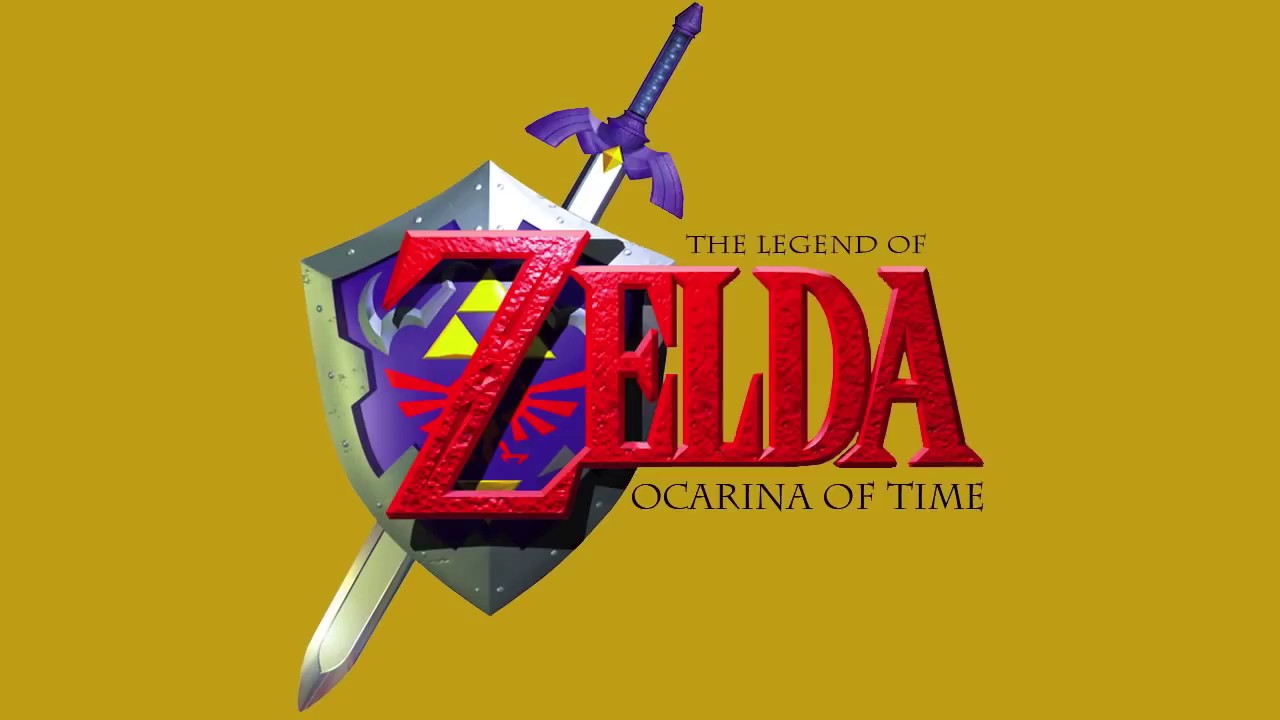
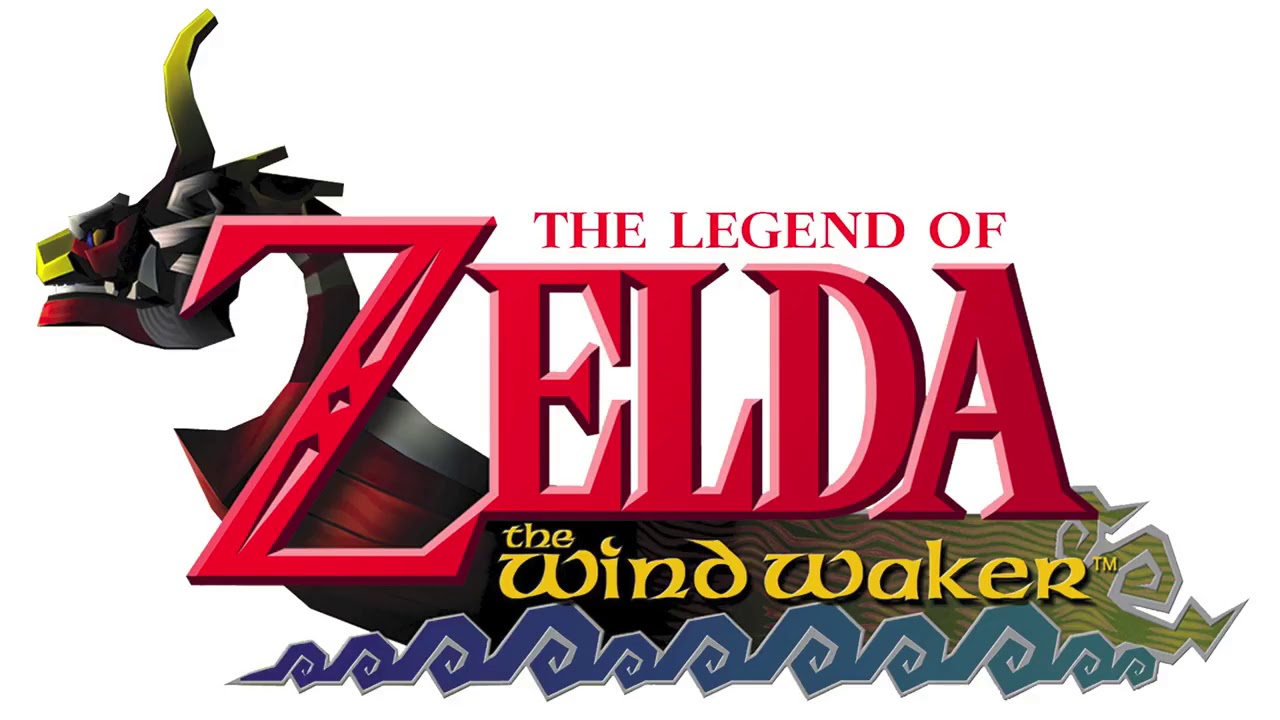
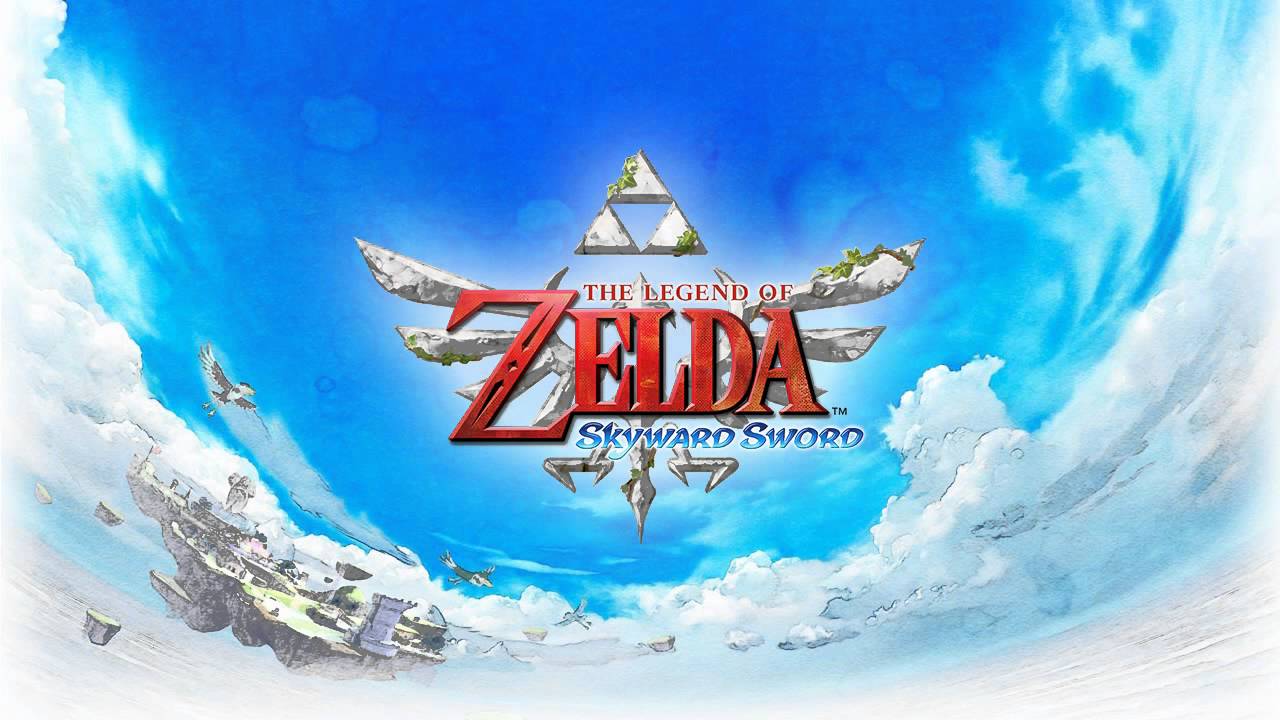
2. Donkey Kong Country
Arguably one of the greatest platforming series of all time, the Donkey Kong Country series has offered some of the best music and creativity in gaming. With its varied environments and mechanics ranging from riding Rambi the Rhinoceros under the jungle canopy as he plows through enemies, to surviving the swinging blades of a sawmill as you derail on a minecart with your buddy Diddy Kong, the accompanying music always captures the mood and makes you feel like you’re there.
The first level in the series, Jungle Hijinx, opens with the sounds of jungle animals atop an infectious drum beat, shortly followed by a layer of bongos. However, it’s not until you hear that bassline come in when you know you’re in for a treat. The flutes, marimba, trumpets, piano, and synths all add extra flavour to this track, and truly makes you feel like a gorilla trying to restore his banana hoard stolen from a reptilian overlord. The series composer, David Wise, actually wrote 3 demos for a “jungle-style” level. After stitching them all together, it resulted in the masterpiece that our eardrums have been blessed with, and gives the song a bit of its own story arc.
Apart from the creativity of the music and game itself, the sounds were also engineered in a creative way given the limitations of its hardware. Wise used inspiration from a process known as wave sequencing, which takes small samples and plays them in quick succession so that they make a unique, evolving sound. Since the SNES couldn’t do this on its own, he had to think outside the box. He recorded individual waveforms at different frequencies, then inserted them into a coding program called a music tracker, where the music is basically translated to numbers. After 5 weeks of inputting every sample for this song, Aquatic Ambience was finally brought to life. A truly revolutionary track, it showed that gaming music could be more than just beeps and boops.
In the sequel, DKC: Diddy Kong’s Quest, Wise continued to give us ambient bangers such as Stickerbrush Symphony, played in the level, Bramble Blast. Here, we begin by being shot through barrel cannons among the clouds, in an attempt to avoid the thick bramble covered in thorns. In another song, Forest Interlude, the calming and dreamlike sounds help set the tone for the misty terrain in the level, Web Woods, but also helps contrast the spooky atmosphere in another level, Ghostly Grove.
In the most recent installment to the series, DKC: Tropical Freeze, Wise returns with Windmill Hills. Here, we’re greeted with the steady strum of an acoustic guitar, the smooth sliding of bows along violins, and a happy-go-lucky harmonica melody as we jump across the rotating arms of wooden windmills. As we proceed throughout the level, we might roll through a pile of fallen autumn leaves to reveal a hidden entrance, or be shot out of a barrel cannon with a mountain range at our backs. We then ascend the interior of a windmill as we hear the sounds of cogs turning, and the music keeping your spirits high, only to die from a penguin wearing a Viking helmet (at least we get to hear the song again).

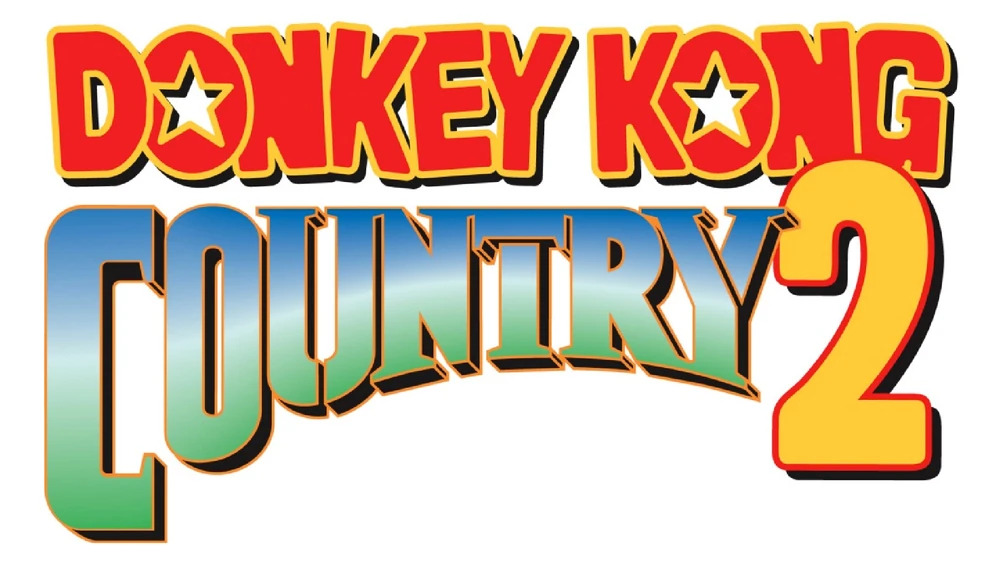

1. Pokémon
Whether you started your journey in Pallet Town, or most recently Cabo Poco, the mainline Pokémon series holds a special place in a lot of gamers’ hearts. From the moment you choose your trusted companion for your journey to becoming the Pokémon Master, the music helps to solidify those memories of watching your partners battle, and evolve, as you evolve as a trainer. Although recent games have faced a lot of backlash and criticisms, this series has failed to disappoint when it comes to its music. The varied sounds of adventure, sadness, triumph, mystery, and more, has helped to define it as one of the greatest of all time, and like the player and their Pokémon, the music also evolved.
In Pokémon Red and Blue, then later in the Fire Red and Leaf Green remakes, you travel through a supposedly haunted town by spirits of dead Pokemon. Here in Lavender Town, lies a seven-story graveyard where people came to pay their respects to their deceased Pokémon, accompanied by possibly one of the most eerie themes in any game I’ve encountered. I remember as a child I would either turn the volume completely down, or opted for the cheery jingle of the bicycle theme to avoid listening to it. However, when I played Heart Gold and Soul Silver years later, I came across the town again, and found something strange. I was expecting to come across that same unsettling theme, yet I was met with something more calming. I didn’t feel creeped out like I once was as a child, rather I was welcomed with a feeling of comfort. The music evolved with the new generation, yet still captured some of its original essence.
In that same game after you complete your main goal of becoming Pokémon Master, you eventually scale a mountain in the hopes of expecting a legendary Pokémon. As you ascend to the snowy peak, you’re met with an oddly familiar face. It wasn’t a legendary Pokémon you found, it was a legendary Trainer. The ultimate battle between the past and present, between old and new, between you, and yourself. Once the battle begins, you’re pelted with hail as you succumb to the sound of trumpets, drums, and the ping of your Pokémon’s health points depleting. The theme played here helps newcomers feel anxiety, and veterans feel challenged, something the series has easily done countless times with its music.
Several composers are to thank for much of these beloved sounds, such as Junichi Masuda, Gō Ichinose, Hitomi Satō, Shota Kageyama, Morikazu Aoki, and Minako Adachi. All are responsible for giving the series its charm, range, and nostalgic vibe. The original series composer, Masuda, had to be creative with the limitations he had when composing the original Pokémon games on the Game Boy, similar to David Wise with Donkey Kong Country for the SNES. Additionally, original compositions would get a fresh arrangement, giving a new take on the soundtracks for revisiting residents, and introducing it to newcomers. For example, riding your bicycle in the Sinnoh region 10 years later in the remakes Brilliant Diamond and Shining Pearl, listening to the shake of castanets intertwined with sounds of violins, flutes, and harmonicas, as it switches to the new town theme that you’ve now entered, helps take you back to simpler times.
